
5 minute read
Emergency Response Plan
Tom Hyatt, MRWA Water Training Specialist
Certification of community water systems’ Emergency Response Plan (ERP) is due by December 30, 2021, for systems serving more than 3,300 people and fewer than 50,000. The time to prepare this document has arrived.
Advertisement
The good news is that many water systems already have an ERP, which was required with the Vulnerability Assessment by the Bioterrorism Act following the events of September 11, 2001. Make sure to update your existing document. Change listings of utility response personnel to reflect current decision-makers and employees; ensure phone numbers, email addresses, and other contact information is accurate for utility and other agency representatives; revise listings for chemical and parts suppliers, water haulers, electricians, excavators, and other emergency contacts, as needed; and ensure that any emergency use of water through interconnection with other water systems is still agreed upon by all parties.
Because of cybersecurity considerations, something that was far less recognized as a threat during the early 2000s, you’ll want to ask about the utility’s IT specialist. Larger water systems will possibly have a staff member in this roll or a cybersecurity firm on retainer. Small utilities might be at a loss as to where to turn if a cyber-attack occurs. The Department of Homeland Security (DHS) offers cyber security advisors to help make your utility less vulnerable to such an intrusion at cyberadvisor@ hq.dhs.gov. Following a cyber-attack, the DHS National Cybersecurity and Communications Integration Center (NCCIC) offers recovery assistance at this 24-hour number: 888-282-0870.
Consider other malevolent acts, as well. Can someone gain access to sensitive data: customer information, system maps, operations manuals, passwords, etc.? How well are facilities protected: well houses, treatment plants, storage tanks, equipment storage, electrical components? How well protected are billing clerks or others who regularly communicate with the public if someone were to enter a facility with the intent to harm people? Although plans to protect people and facilities are really part of the already completed Risk and Resilience Assessment, we need to consider how the utility will recover if any breach occurs. These responses could include identifying methods of alert when physical intrusion or threat occurs, persons responsible for responding to specific threats, step-by-step action protocols, inter-agency communication needs, and types of public notification.
Utilities also need to strategize recovery methods for natural disasters: floods, droughts, ice storms, tornadoes, etc. Examples might involve the following scenarios: If power is lost, how do workers override automated controls with manual operations; what types of water
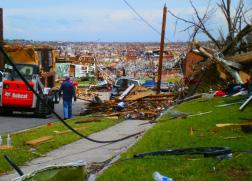
Aftermath of 2011 Joplin tornado.
(continued from page 13) analyses will be needed if contaminants have entered lines where pressure has been lost; how will the system quickly isolate areas where lines have ruptured; how will the system re-route water flow where a transmission main has broken in order to sustain pressure and water service throughout its distribution system; what alternative power sources are readily available to keep treatment plants running or ensure that storage tanks refill; what extra measures will the system conduct if source water quality degrades and requires additional treatment; and how will service lines be shut to rebuild system pressure if homes and businesses are leveled from a tornado or earthquake? These are only a few examples of possible, real-world challenges that water utilities in Missouri could face.
It is probably apparent by now that the work of revising an existing ERP or creating one anew should not be the task of a single employee. This is a collaborative effort. Municipal supplies will want to recruit the mayor, council members, city administrator, clerk, water superintendent, and possibly others in formulating an effective response to emergencies. District supplies will want the efforts of the board chairperson and other board members reflected in the document, as well as other utility representatives.
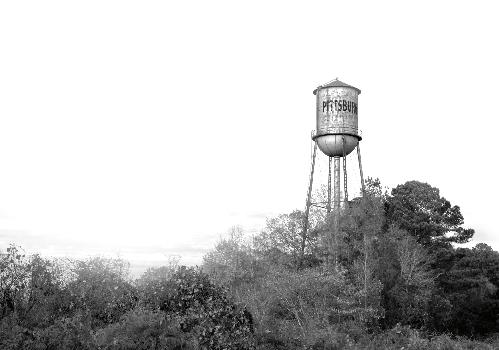
Whether or not your system is creating a new ERP or revising an existing document, you might want to participate in Emergency Response Plan virtual training that MRWA provides. Look for sessions from July through the end of 2021 on the training calendar of the MRWA website. These sessions include guidance documents and an ERP template which can be used to fulfill the requirement or enhance other emergency preparations already in place. Always striving to be your vital resource for regulatory requirement, technical assistance, and training, we are your Missouri Rural Water Association.
You may visit the MRWA training calendar for all of our listed training at https://moruralwater.org/training/
Independent Representatives of Tnemec Company, Inc. tnemec.com MIDWEST COATING CONSULTANTS, INC. DARRELL BUERKY 816-590-7170 dbuerky@tnemec.com DUSTIN KEILBEY 816-806-6356 dkeilbey@tnemec.com
COATING SOLUTIONS, LLC
MICHAEL CERUTTI 314-703-8042 mcerutti@tnemec.com
Code Updates
In-Service Cleaning
If you are interested in having us as your partner, feel free to contact one of our department representatives below
NEW TANKS — Rick DiZinno (270) 826-9000 ext. 2601 EXISTING TANKS — Jordan Pyles (270) 826-9000 ext. 4601
P.O. Box 4018, Ballwin, MO 63022-4018 (636) 391-8992 Fax: (636) 391-1544 sales@resslerassociates.com
Engineered Process Equipment For Water, Wastewater & Industrial Waste Treatment; Spare Parts & Replacements
Equipment That Works for Your Community.


KX040 — Standard Tail Swing Excavators
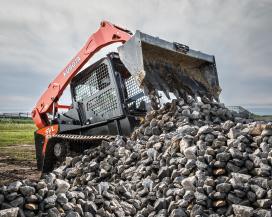
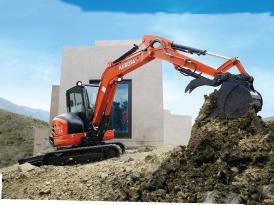
• Turbocharged Kubota Diesel Engine — 40.4 HP* • Kubota Original ECO PLUS® Prioritizes Fuel Economy • Superior Cabin with A/C and Deluxe Suspension Seat Available SVL95-2 — Compact Track Loaders
• Turbocharged Kubota Diesel Engine — 96.4 HP* • Standard 2-Speed Travel, Auxiliary Hydraulics & High Ground Clearance • Spacious Cab with Premium High-Back, Full-Suspension Seat

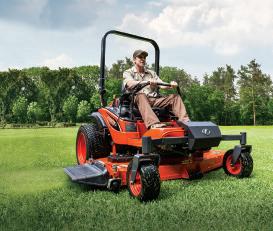
ZD1000 Series — Zero Turn Mowers
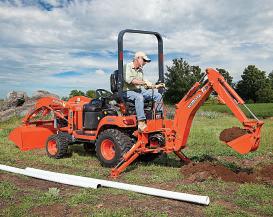
• Powerful Kubota Diesel Engines — 19.3–21.6 HP* • All-New 48", 54" or 60" Kubota ProDeck with Aerodynamic
Cutting System (ACS) • Up to 22% Improved Fuel Efficiency BX Series — Sub-Compact Tractors
• Powerful Kubota Diesel Engines — 18–25.5 HP* • Available Performance-Matched Attachments & Implements • New Easy-Over Mid-Mount Mower Deck** —
Available in 54" or 60" Deck
Explore Kubota’s full line of quality mowers, tractors, utility vehicles, construction equipment and more. Visit www.MissouriKubotaDealers.com to find a dealer near you!
kubota.com

*For complete warranty, safety and product information, consult your local Kubota dealer and the product operator’s manual. Power (HP/KW) and other specifications are based on various standards or recommended practices. **Available on BX2370 and BX2670 models only. Kubota Tractor Corporation Markets a Full Line of Tractors and Construction Equipment Through a Nationwide Network of Over 1,000 Authorized Dealers. Optional equipment may be shown.










